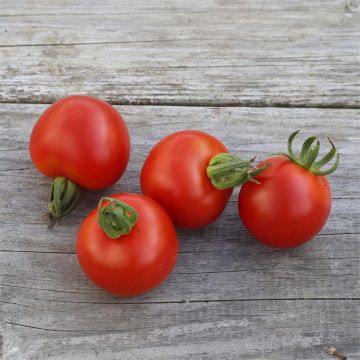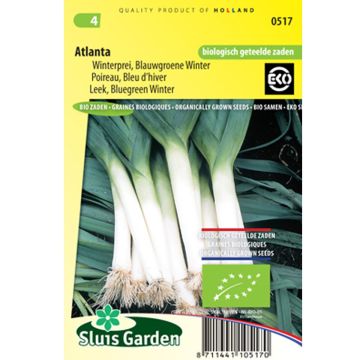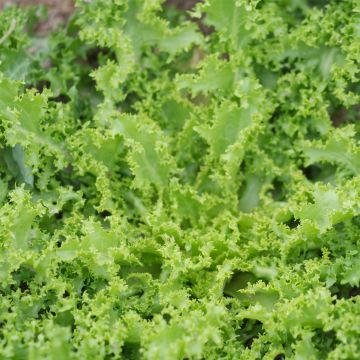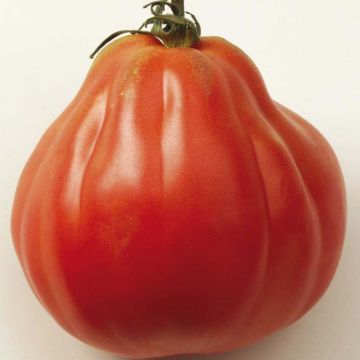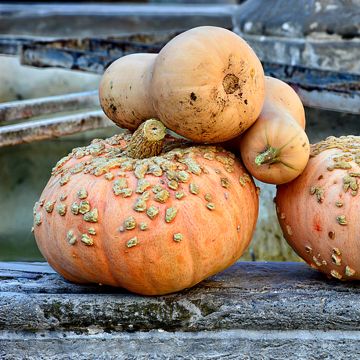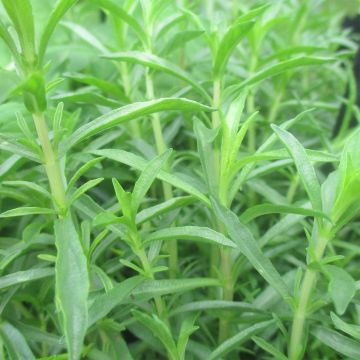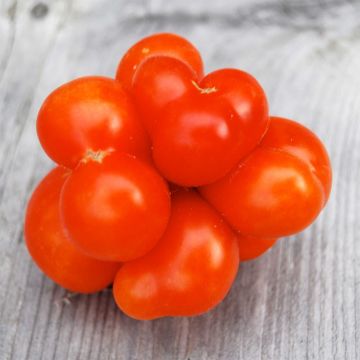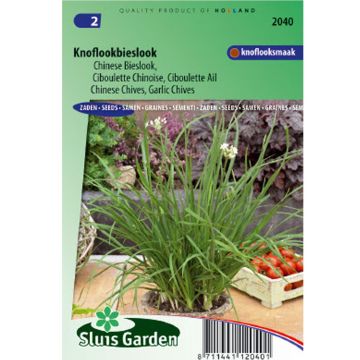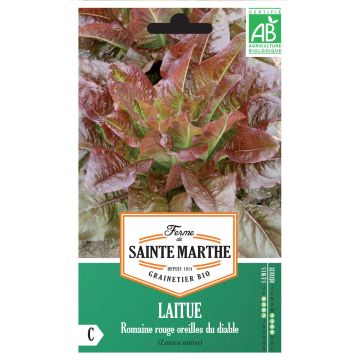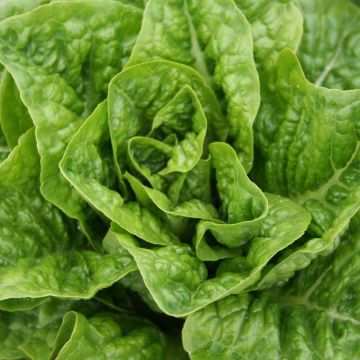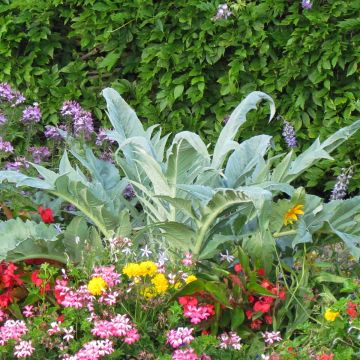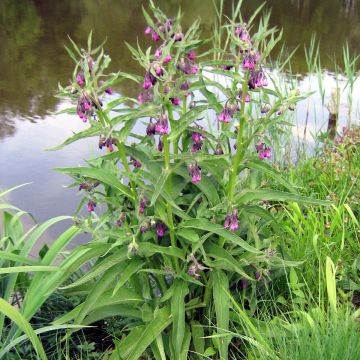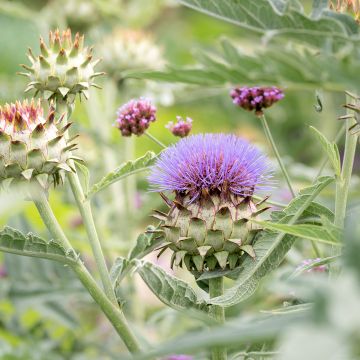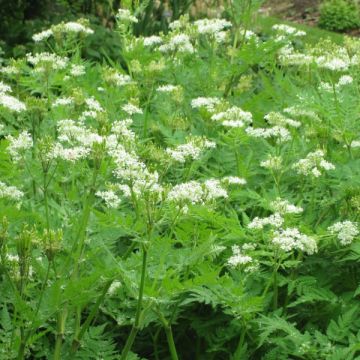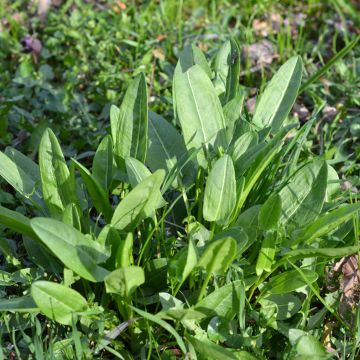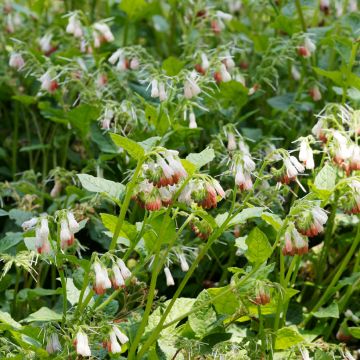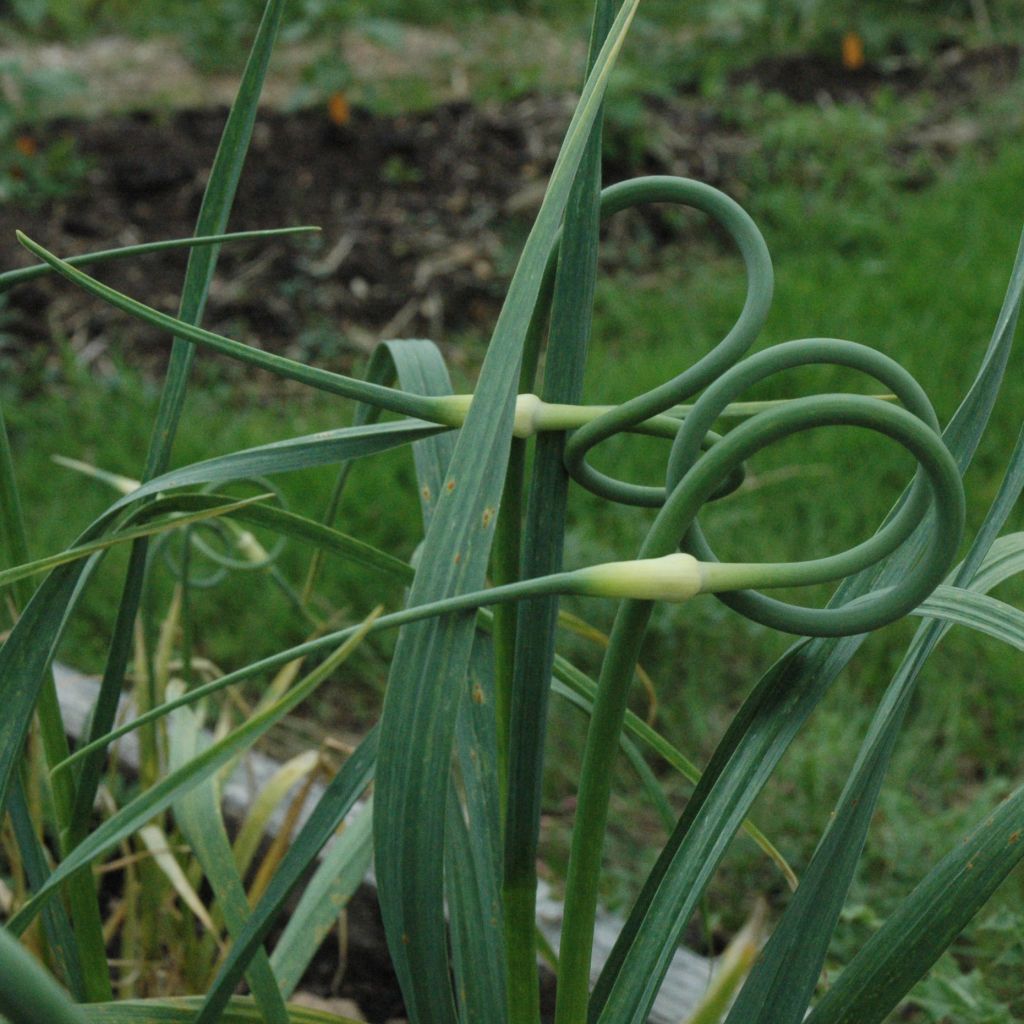

Ail rocambole - Allium sativum
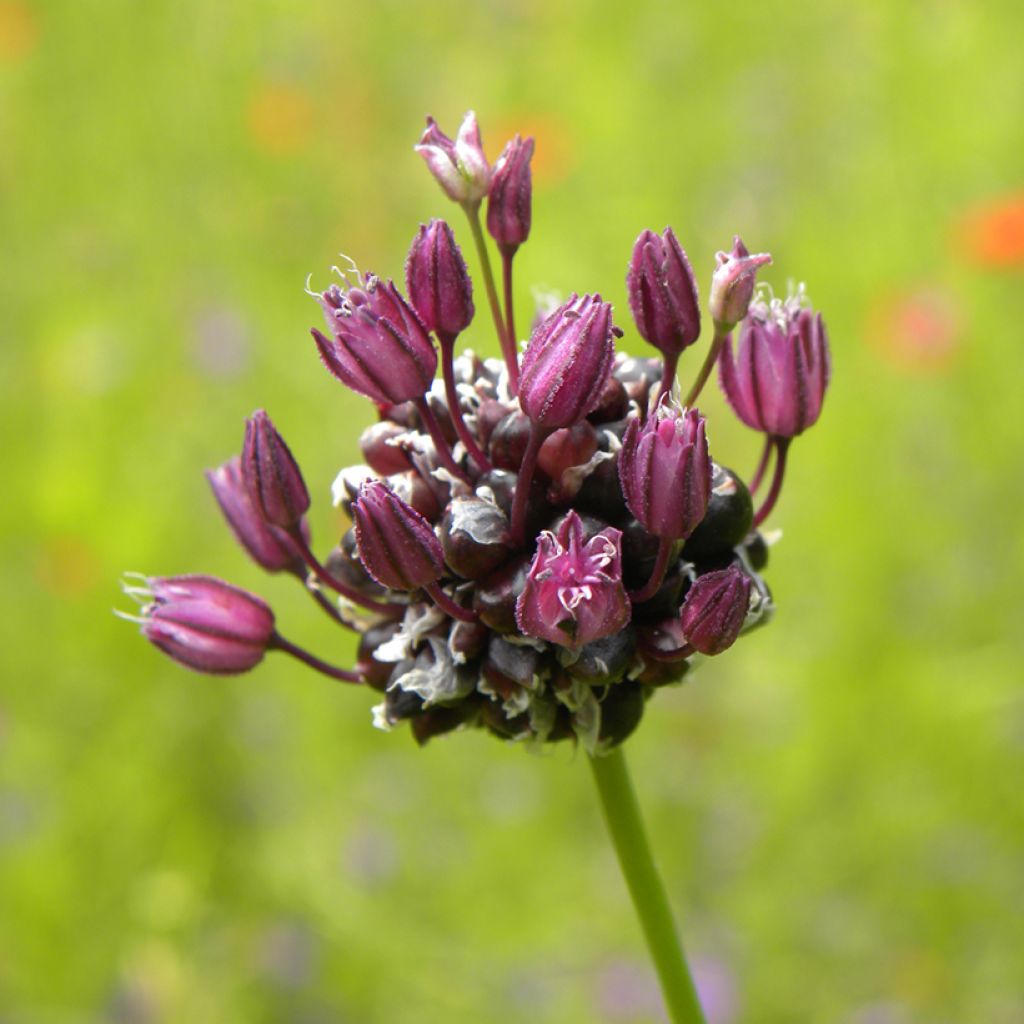

Rocambole Garlic - Allium scorodoprasum
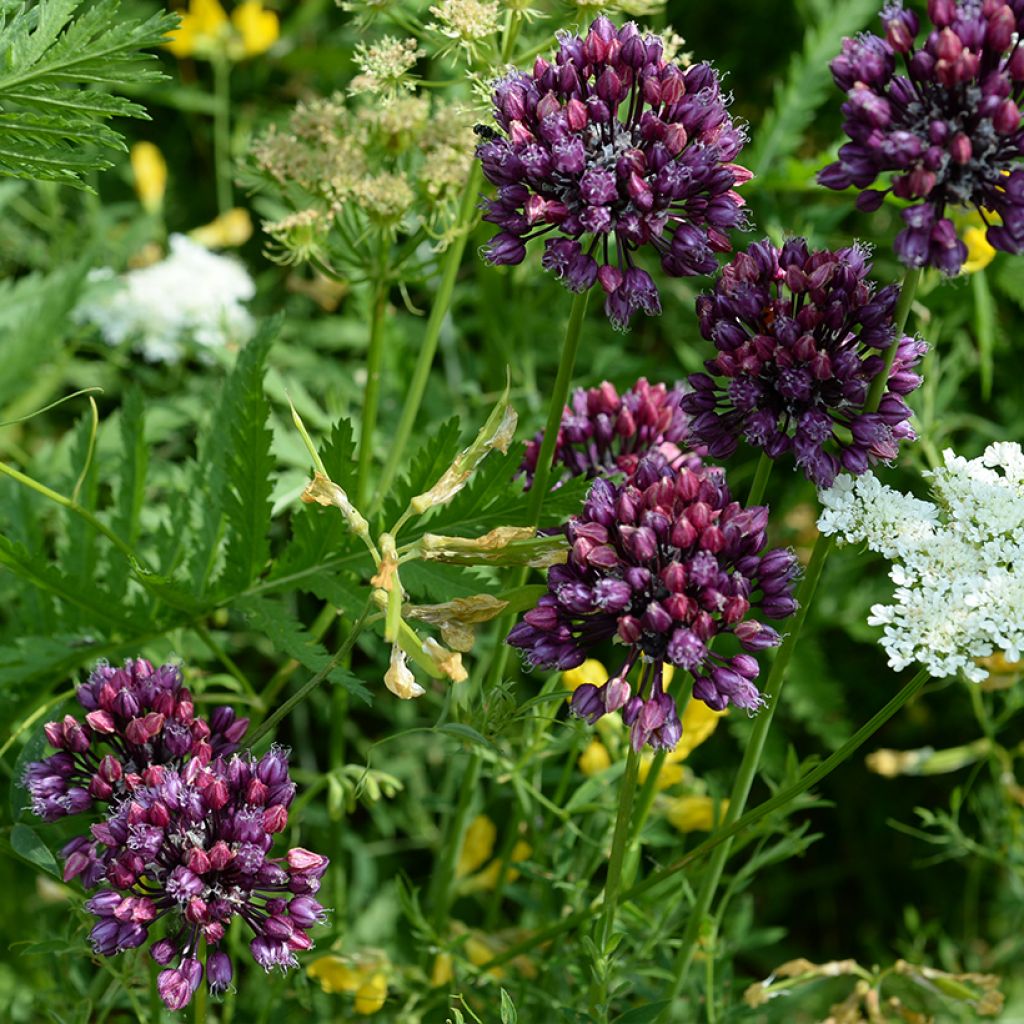

Rocambole Garlic - Allium scorodoprasum
Rocambole Garlic - Allium scorodoprasum
Allium sativum Scorodoprasum
Garlic, Sand leek
This item cannot be shipped to the selected country
Delivery charge from €5.90
Delivery charge from €5.90
More information
Schedule delivery date,
and select date in basket
This plant carries a 6 months recovery warranty
More information
We guarantee the quality of our plants for a full growing cycle, and will replace at our expense any plant that fails to recover under normal climatic and planting conditions.
From €5.90 for pickup delivery and €6.90 for home delivery
Express home delivery from €8.90.
From €5.90 for pickup delivery and €6.90 for home delivery
Express home delivery from €8.90.
Description
Rocambole Garlic is a variety of garlic that has the particularity of producing aerial bulblets. A perennial and very hardy plant, rocambole garlic can stay in place in the vegetable garden for several years. Its leaves can be consumed like chives. Plant it in spring, from March to May.
Taller than common garlic, rocambole garlic is mainly recognised by its aerial bulblets that appear during the summer. It is a perennial and very hardy plant that can stay in place in the vegetable garden for several years. Its leaves are long and flat, pale green in colour. The stem has the characteristic of spiralling before becoming straight, carrying edible bulblets at its top. If these are not harvested, the stems will dry in autumn and then break and lie on the ground, allowing the bulblets to root in the soil.
In terms of cooking, its flavour is milder than that of common garlic. The bulblets can be pickled in vinegar, while the finely chopped leaves flavour omelettes and fresh cheeses wonderfully.
Harvesting: Harvest the aerial bulblets in summer, before they fall to the ground. The foliage is harvested while still green. The aerial bulblets can be harvested for cooking or to renew the plants.
Storage: The foliage of rocambole garlic should be consumed quickly. The bulblets can be stored in a cool, dry place.
Gardener's tip: Plant some rocambole garlic not in the vegetable garden, but in the garden as an ornamental plant, to add a touch of originality!
Report an error about the product description
Harvest
Plant habit
Foliage
Other Vegetable garden A to Z
Planting and care
Rocambole garlic is grown like common garlic. It appreciates well-drained, light soil without recent manure (at least 1 year). Plant it in a sunny location where you haven't grown vegetables from the same family (shallot, onion, and leek) in previous years. If your soil is very wet, add some sand to it and plant the garlic on mounds 10 to 15 cm (4 to 6in) high. This mound cultivation facilitates water drainage and also slightly increases soil temperature. Rocambole garlic is planted in spring, from March to May.
Planting is done at 25 cm (10in) in all directions. Dig a hole (3 times the volume of the root ball), insert the root ball, and cover with soil. Firmly press down and lightly water.
Regularly weed and hoe, especially at the beginning of cultivation. Only water in case of drought around the month of May.
Note: Rocambole garlic is less susceptible than common garlic to diseases, pests, or excessive moisture.
Cultivation
Care
Intended location
-
, onOrder confirmed
Reply from on Promesse de fleurs
Old and forgotten vegetables
Haven't found what you were looking for?
Hardiness is the lowest winter temperature a plant can endure without suffering serious damage or even dying. However, hardiness is affected by location (a sheltered area, such as a patio), protection (winter cover) and soil type (hardiness is improved by well-drained soil).

Photo Sharing Terms & Conditions
In order to encourage gardeners to interact and share their experiences, Promesse de fleurs offers various media enabling content to be uploaded onto its Site - in particular via the ‘Photo sharing’ module.
The User agrees to refrain from:
- Posting any content that is illegal, prejudicial, insulting, racist, inciteful to hatred, revisionist, contrary to public decency, that infringes on privacy or on the privacy rights of third parties, in particular the publicity rights of persons and goods, intellectual property rights, or the right to privacy.
- Submitting content on behalf of a third party;
- Impersonate the identity of a third party and/or publish any personal information about a third party;
In general, the User undertakes to refrain from any unethical behaviour.
All Content (in particular text, comments, files, images, photos, videos, creative works, etc.), which may be subject to property or intellectual property rights, image or other private rights, shall remain the property of the User, subject to the limited rights granted by the terms of the licence granted by Promesse de fleurs as stated below. Users are at liberty to publish or not to publish such Content on the Site, notably via the ‘Photo Sharing’ facility, and accept that this Content shall be made public and freely accessible, notably on the Internet.
Users further acknowledge, undertake to have ,and guarantee that they hold all necessary rights and permissions to publish such material on the Site, in particular with regard to the legislation in force pertaining to any privacy, property, intellectual property, image, or contractual rights, or rights of any other nature. By publishing such Content on the Site, Users acknowledge accepting full liability as publishers of the Content within the meaning of the law, and grant Promesse de fleurs, free of charge, an inclusive, worldwide licence for the said Content for the entire duration of its publication, including all reproduction, representation, up/downloading, displaying, performing, transmission, and storage rights.
Users also grant permission for their name to be linked to the Content and accept that this link may not always be made available.
By engaging in posting material, Users consent to their Content becoming automatically accessible on the Internet, in particular on other sites and/or blogs and/or web pages of the Promesse de fleurs site, including in particular social pages and the Promesse de fleurs catalogue.
Users may secure the removal of entrusted content free of charge by issuing a simple request via our contact form.
The flowering period indicated on our website applies to countries and regions located in USDA zone 8 (France, the United Kingdom, Ireland, the Netherlands, etc.)
It will vary according to where you live:
- In zones 9 to 10 (Italy, Spain, Greece, etc.), flowering will occur about 2 to 4 weeks earlier.
- In zones 6 to 7 (Germany, Poland, Slovenia, and lower mountainous regions), flowering will be delayed by 2 to 3 weeks.
- In zone 5 (Central Europe, Scandinavia), blooming will be delayed by 3 to 5 weeks.
In temperate climates, pruning of spring-flowering shrubs (forsythia, spireas, etc.) should be done just after flowering.
Pruning of summer-flowering shrubs (Indian Lilac, Perovskia, etc.) can be done in winter or spring.
In cold regions as well as with frost-sensitive plants, avoid pruning too early when severe frosts may still occur.
The planting period indicated on our website applies to countries and regions located in USDA zone 8 (France, United Kingdom, Ireland, Netherlands).
It will vary according to where you live:
- In Mediterranean zones (Marseille, Madrid, Milan, etc.), autumn and winter are the best planting periods.
- In continental zones (Strasbourg, Munich, Vienna, etc.), delay planting by 2 to 3 weeks in spring and bring it forward by 2 to 4 weeks in autumn.
- In mountainous regions (the Alps, Pyrenees, Carpathians, etc.), it is best to plant in late spring (May-June) or late summer (August-September).
The harvesting period indicated on our website applies to countries and regions in USDA zone 8 (France, England, Ireland, the Netherlands).
In colder areas (Scandinavia, Poland, Austria...) fruit and vegetable harvests are likely to be delayed by 3-4 weeks.
In warmer areas (Italy, Spain, Greece, etc.), harvesting will probably take place earlier, depending on weather conditions.
The sowing periods indicated on our website apply to countries and regions within USDA Zone 8 (France, UK, Ireland, Netherlands).
In colder areas (Scandinavia, Poland, Austria...), delay any outdoor sowing by 3-4 weeks, or sow under glass.
In warmer climes (Italy, Spain, Greece, etc.), bring outdoor sowing forward by a few weeks.

































